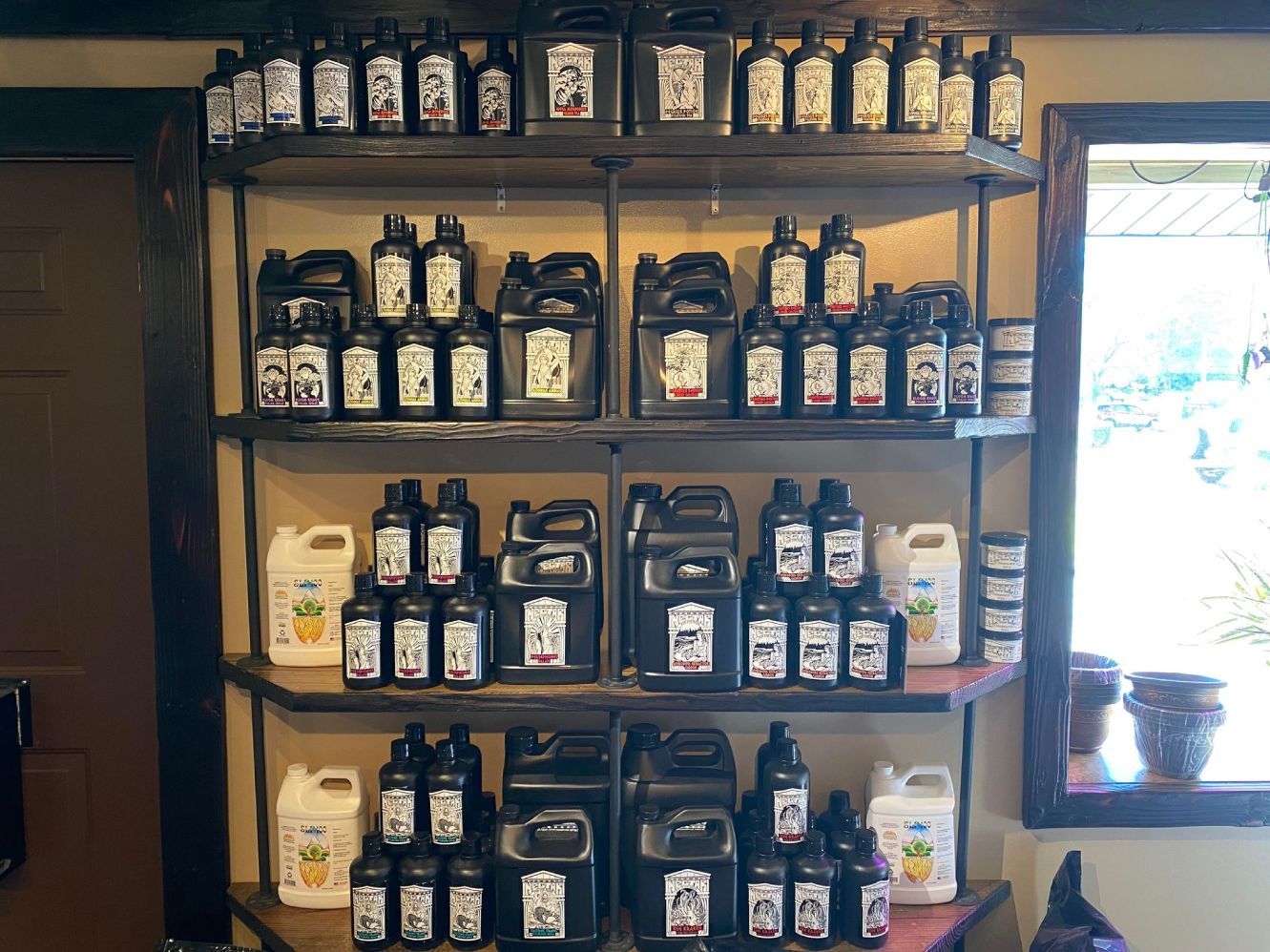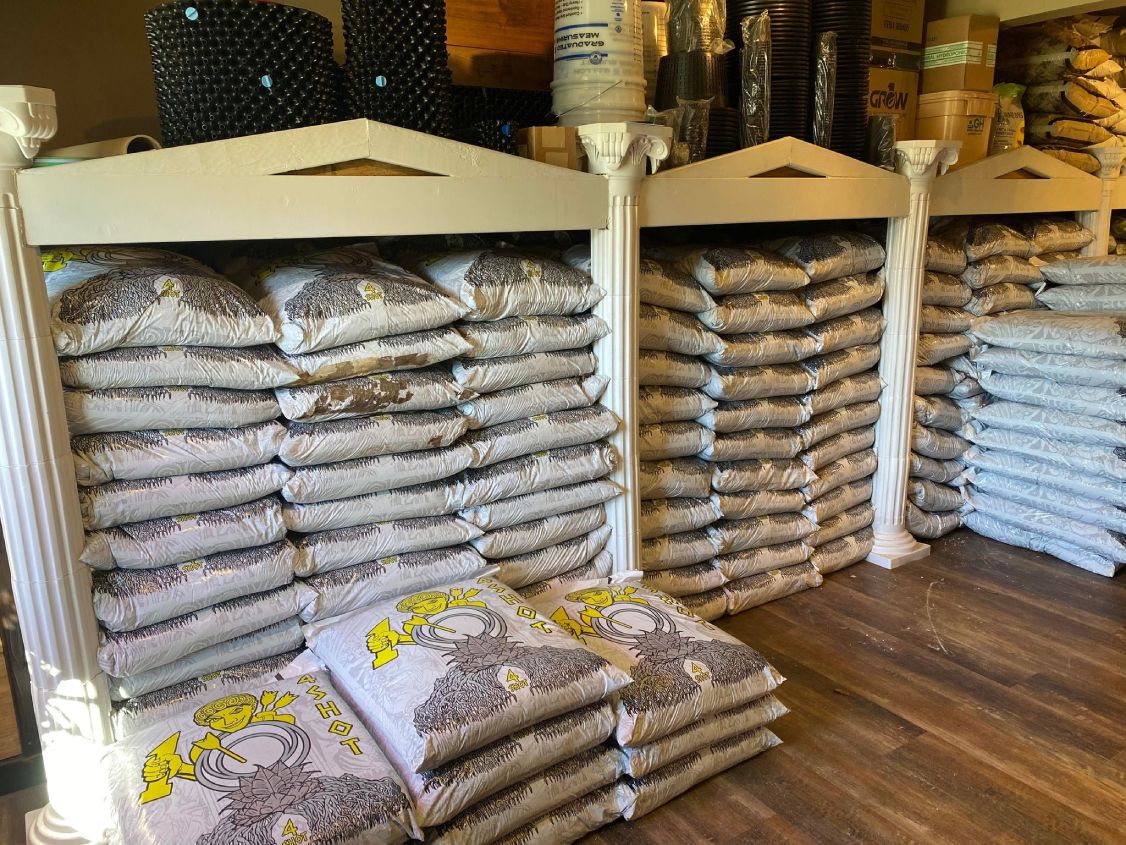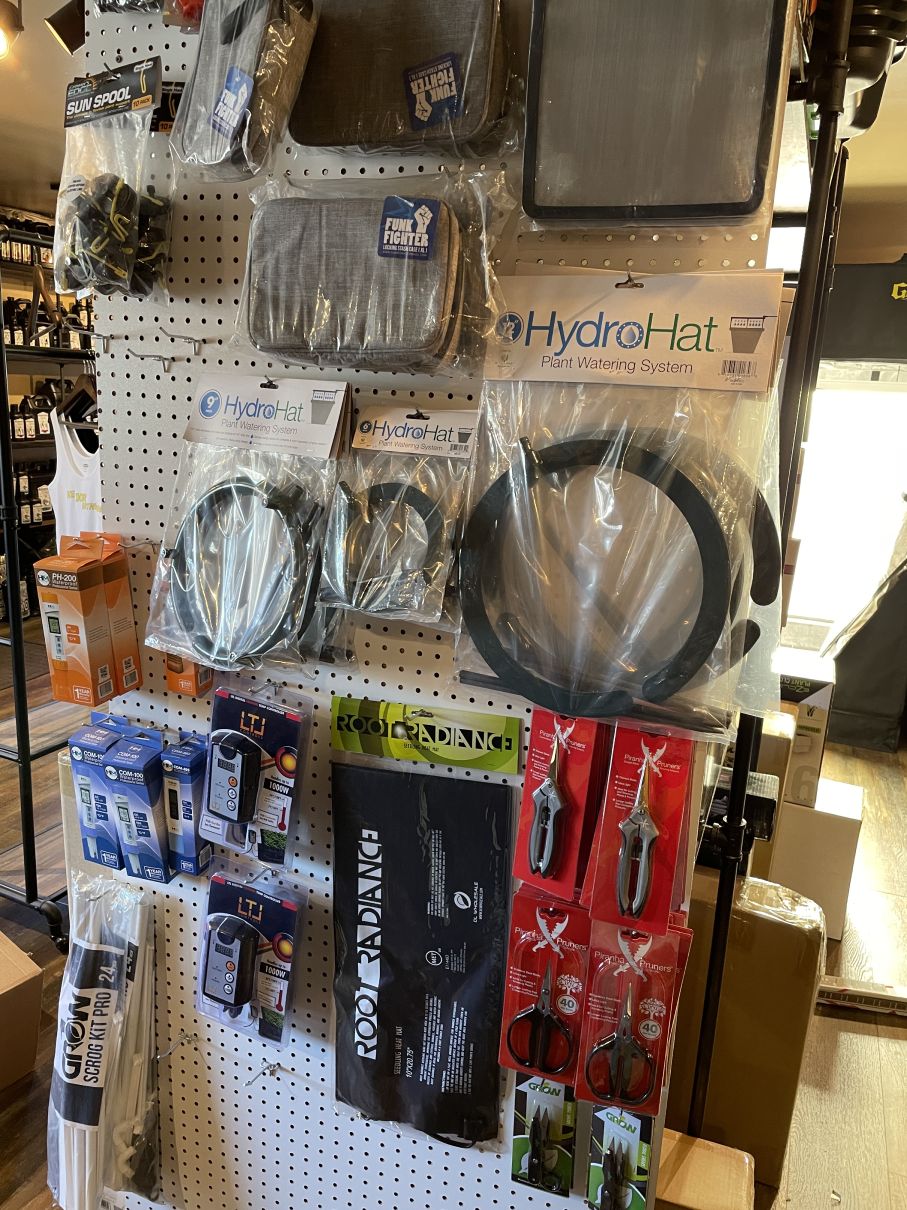Change Your Planting Experience with The Indoor Earthworm's Development
Change Your Planting Experience with The Indoor Earthworm's Development
Blog Article
Opening the Potential of Hydroponics: Comprehending Its Makes Use Of and Various Types
Hydroponics, an approach of cultivating plants without soil, has actually amassed enhancing interest for its potential to transform farming and cultivation practices. The precision control over nutrient distribution, water use, and environmental elements supplies a glimpse right into a future where food production can be enhanced in various settings. As we browse via the intricate landscape of hydroponic systems and strategies, it ends up being noticeable that each technique holds distinctive benefits and constraints. By untangling the varied usages and sorts of hydroponics, we can uncover a world of possibilities that might improve just how we envision sustainable farming and gardening methods.
Advantages of Hydroponic Systems

One more benefit of hydroponic systems is the capability to grow plants in a smaller space. By eliminating the requirement for soil, plants can be grown vertically or in stacked systems, making best use of the use of available space. This is especially beneficial in city locations or areas with minimal cultivatable land. Hydroponic systems reduce the threat of soil-borne illness and bugs, as there is no soil to nurture these dangers. This causes healthier plants and decreases the need for harmful pesticides, making hydroponic farming an extra eco pleasant and sustainable option.
Usual Makes Use Of in Farming

Provided the effective water preservation and space-saving advantages of hydroponic systems, it appears that these cutting-edge agricultural approaches have actually located common uses in various sectors of agriculture. In conventional agriculture, soil-based farming can be labor-intensive and land-consuming. Hydroponics offers a remedy by permitting plants to be expanded without dirt, decreasing water usage by up to 90% compared to traditional farming approaches. This makes hydroponics specifically ideal for regions dealing with water deficiency or minimal arable land. The controlled atmosphere of hydroponic systems enables year-round cultivation, giving a regular supply of fresh produce no matter of external weather condition problems.
Hydroponics is frequently used for expanding a variety of plants, including leafed greens, tomatoes, cucumbers, peppers, strawberries, and herbs. Its adaptability reaches upright farming, city agriculture, and greenhouse production. Furthermore, hydroponic systems are utilized in research and academic setups to examine plant nourishment, growth, and cultivation methods. The adaptability and effectiveness of hydroponics make it a useful device in modern farming, resolving the challenges of sustainability, food safety, and source optimization.
Checking Out Different Hydroponic Methods
What are the numerous innovative methods made use of in hydroponics to improve plant cultivation efficiency and yield? Hydroponic systems supply a range of techniques that deal with different plant kinds and cultivation goals. One preferred method is the Deep Water Culture (DWC) system, where plant origins are immersed in a nutrient remedy, giving adequate oxygen and nutrients. Another commonly utilized technique is the Nutrient Film Strategy (NFT), which entails a superficial stream of nutrient service flowing over the plant origins, advertising water and nutrient uptake. In addition, the Ups and downs system, also referred to as the Flooding and Drain system, intermittently floodings the plant origins with nutrient service, permitting for oxygenation throughout draining pipes periods. Aeroponics is another cutting-edge strategy that includes misting plant origins with a nutrient option, making best use of oxygen absorption and nutrient uptake. Each of these methods showcases the flexibility and efficiency of hydroponic systems in boosting crop development and yield.
Comparing Numerous Hydroponic Equipments
Checking out the efficiency and yield improvement methods in hydroponics leads us to contrast various hydroponic systems readily available for crop growing. Each hydroponic system has its one-of-a-kind features, benefits, and constraints, making it vital for cultivators to pick the most ideal system based on their particular requirements and restraints.
One of the most typical hydroponic systems is the nutrient movie method (NFT), where a slim movie of nutrient option continually moves over the plant origins. In comparison, the deep water society (DWC) system immerses plant origins straight right into the nutrient remedy, giving enough oxygen and nutrients.
An additional preferred hydroponic system is the ups and downs (or flooding and drainpipe) system, which regularly floods the plant origins with nutrient option prior to draining it. This cyclic procedure ensures proper oygenation for the origins while delivering nutrients efficiently. In addition, the aeroponic system puts on hold plant origins airborne and mists them with a nutrient solution, promoting quick development and high oxygenation levels. Cultivators seeking a functional system that reduces water usage typically choose for aeroponics. By comprehending the differences between these hydroponic systems, farmers can make informed decisions to make the most of crop return and high quality.
Developments in Hydroponic Technology
One key development is the growth of clever hydroponic systems that utilize sensors and automation to keep an eye on and readjust environmental conditions such as pH levels, nutrient focus, and have a peek at this website light direct exposure in real-time. These systems make it possible for precise control over growing conditions, leading to ideal plant development and greater crop yields.
One more significant innovation is the assimilation of upright farming methods with hydroponic systems, enabling the farming of plants in piled layers. This upright approach takes full advantage of area application, making it excellent for urban environments where land availability is restricted - The Indoor Earthworm. Additionally, the use of sophisticated LED illumination systems tailored to particular plant demands has improved energy efficiency and boosted development prices in hydroponic arrangements
Technologies like these are driving the advancement of hydroponics, making it a lasting and extremely attractive alternative for modern-day farming.
Conclusion
To conclude, hydroponics uses various benefits in farming and has various strategies and systems that can be used to maximize its possibility. Advancements in hydroponic innovation proceed to enhance efficiency and sustainability in food manufacturing. By comprehending the usages and various kinds of hydroponic systems, farmers and farmers can open the full potential of this ingenious method of expanding plants without soil.
Furthermore, hydroponic systems allow for much better control over nutrient levels, pH equilibrium, and ecological conditions, leading to much healthier plants and higher returns.

Report this page